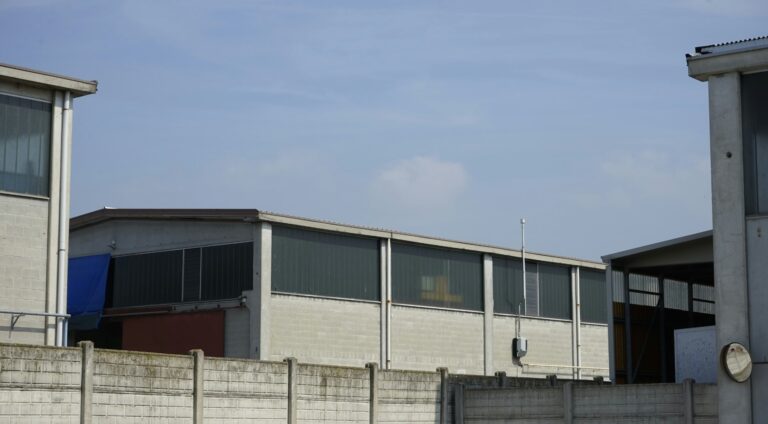Oregon Teacher Sexual Abuse – Who’s to Blame?
Teacher sexual abuse affects not just the survivors, but also their families and communities. While incidents of teacher sexual abuse have surfaced across the United States, Oregon has faced its share of cases that highlight troubling patterns of systemic failure. This blog explores the factors contributing to teacher sexual abuse, examines who is accountable, and discusses how survivors can seek justice and reform.
The Scope of the Issue
Teacher sexual abuse is a serious and pervasive issue that often goes underreported. According to a study published by the U.S. Department of Education, as many as 1 in 10 K-12 students experience sexual misconduct by a school employee at some point in their education. While Oregon-specific statistics are limited, publicized cases suggest that the issue is far from uncommon.
Recent Cases in Oregon
Several high-profile incidents in Oregon have underscored the need for systemic change:
- St. Helens High School Scandal: In November 2024, choir teacher Eric Stearns and retired math teacher Mark Collins were arrested following allegations of sexual abuse involving multiple students. Reports indicate that school officials, including Principal Katy Wagner and Superintendent Scot Stockwell, were aware of complaints as early as 2019 but failed to take appropriate action. This negligence led to significant community outrage, resulting in protests and the eventual placement of Wagner and Stockwell on administrative leave.
- Also at St. Helens High School, the district has reached what may be Oregon’s largest legal settlement by a public school in a case involving the sexual abuse of a teenage student by high school coach Kyle Wroblewski. Court documents reveal that complaints about Wroblewski’s inappropriate behavior, including unwanted touching and sexual comments, began as early as 2005. Despite a pattern of misconduct, the district’s response was minimal, issuing a letter of reprimand and a suspension in 2009, which was later reduced to a single day after a meeting with district officials and a union representative.
- Catlin Gabel School Investigation: An independent investigation revealed that at least 21 faculty members at Catlin Gabel School in Portland engaged in sexual misconduct with students, with incidents dating back to the 1960s and as recent as 2016. Despite previous reports and complaints, the school’s administration failed to take adequate measures to protect students, allowing the abuse to continue for decades.
- West Linn High School Lawsuit: In 2017, two former students filed a $6 million lawsuit against the West Linn-Wilsonville School District, alleging negligence in failing to protect them from sexual abuse by a teacher in 2015. The lawsuit claimed that the district ignored warning signs and failed to intervene, allowing the abuse to occur.
- Pendleton High School Arrest: Timothy Frey, a teacher at Pendleton High School, was arrested on charges of sexual abuse in 2015. The case underscores the importance of vigilance and prompt action when allegations arise.
These cases emphasize the critical need for systemic reforms and heightened awareness to prevent future incidents of teacher sexual abuse in Oregon schools.
For more insights into Oregon-specific incidents, visit our Oregon Teacher Abuse resource page.
Factors Contributing to Teacher Sexual Abuse
Teacher sexual abuse often happens because of both personal misconduct and broader system issues. Here are some key contributing factors:
Institutional Oversight Failures
Schools play a crucial role in safeguarding students, yet many fail to implement strong protections. Here’s where they fall short:
- Inadequate background checks for educators. Many schools fail to conduct thorough investigations into an educator’s past employment or criminal history, which can leave children vulnerable to those with histories of misconduct.
- Insufficient monitoring of teacher-student interactions. Schools often lack the resources or protocols needed to regularly oversee interactions between teachers and students, creating opportunities for abuse to go unnoticed.
- Neglect of mandatory reporting protocols when abuse is suspected. Many educators and administrators are unaware of or choose to ignore their legal obligations, allowing reports of abuse to fall through the cracks.
Cultural and Systemic Issues
The societal deference to authority figures can create environments where predators take advantage of their positions. Teachers are often seen as trustworthy figures, making it easier for them to manipulate or silence their victims. Additionally, systemic challenges such as underfunding leave schools with limited resources to address these risks effectively. Understaffing and lack of training for educators further magnify the problem, making schools less equipped to implement preventative measures.
Barriers to Reporting
Victims often face significant obstacles when reporting abuse:
- Fear of retaliation or disbelief from school officials. Survivors may worry about being labeled as troublemakers or fear repercussions that could affect their academic standing.
- Social stigma and self-doubt about coming forward.
- Lack of awareness about legal rights and reporting mechanisms. Many students and parents are unsure about how to report abuse or fear that their reports will not be taken seriously, discouraging them from taking action.
Accountability: Who’s to Blame?
Accountability for teacher sexual abuse extends beyond the individual perpetrator. Several parties bear responsibility:
School Administrations
School administrations play a critical role in either enabling or preventing abuse. Many schools lack adequate policies to identify and stop abusive behavior early. In some cases, administrators prioritize protecting the school’s reputation over safeguarding students, leading to the dismissal or suppression of complaints. Prolonged inaction by school officials can create an environment where predators feel emboldened to act without fear of repercussions. Transparency and accountability at the administrative level are essential to addressing these systemic issues.
Legislative and Policy Gaps
Legislation designed to protect students often falls short in practice. Weak mandatory reporting laws, insufficient penalties for non-compliance, and limited resources for enforcement leave students vulnerable. Oregon’s mandatory reporting laws rely heavily on schools’ cooperation, but without oversight or regular audits, these measures can fail. Strengthening these laws and ensuring their enforcement are necessary steps to closing these gaps.
Perpetrators
Ultimately, educators who exploit their positions of trust are directly responsible for these heinous acts. These individuals often take advantage of their authority, targeting students who may already feel vulnerable or lack support. Holding perpetrators accountable through criminal prosecution and civil lawsuits sends a strong message that abuse will not be tolerated. However, prevention starts with ensuring these individuals are never placed in positions of power over students in the first place. Accountability for teacher sexual abuse extends beyond the individual perpetrator.
The Impact on Survivors
The consequences of teacher sexual abuse are profound and long-lasting. Survivors often face:
- Emotional and Psychological Harm: PTSD, anxiety, depression, and trust issues are common outcomes.
- Educational Disruption: Survivors may struggle academically due to trauma, experience a decline in grades, or even withdraw from extracurricular activities. Some are forced to transfer schools to escape environments associated with the abuse, which can lead to further emotional and social challenges.
- Family and Community Impact: The ripple effects of abuse extend beyond the survivor, affecting families and undermining trust within communities.
Legal Options and Justice
Survivors of teacher sexual abuse in Oregon have legal avenues to seek justice and accountability. These include:
Understanding Survivors’ Rights
Students and their families have the right to pursue justice through both criminal and civil courts. Civil cases, in particular, allow survivors to hold schools accountable for failing to prevent abuse.
Taking Action
- Documenting Incidents: Survivors and their families should gather evidence, including records of communication with the school or authorities.
- Reporting Abuse: While internal reporting mechanisms exist, it is often necessary to report directly to law enforcement.
- Seeking Legal Assistance: Law firms like Crew Janci specialize in representing survivors of institutional abuse, providing guidance and advocacy to help them navigate this challenging process.
Oregon’s Unique Challenges in Addressing Sexual Abuse
Oregon has taken steps to address institutional abuse, but significant gaps remain:
- Legislative Advances: Recent changes to statutes of limitations have empowered survivors by extending the time frame to file civil claims. However, barriers such as limited public awareness persist.
- Geographical Factors: Rural areas in Oregon often lack adequate resources for abuse prevention and survivor support, making these regions particularly vulnerable.
- Institutional Transparency Issues: Across schools, youth programs, and religious institutions, inadequate reporting structures contribute to the perpetuation of abuse.
Broader Trends in Oregon: A Culture of Silence
The Crew Janci team has represented survivors in various institutional abuse cases across Oregon, revealing troubling patterns of systemic neglect. High-profile cases in youth organizations, private schools, and public institutions highlight the urgent need for stronger accountability mechanisms.
Prevention and Reform
Preventing teacher sexual abuse requires comprehensive reforms at every level of the education system.
Policy Recommendations
- Enhanced Background Checks: Implement rigorous vetting processes for all school employees.
- Mandatory Training: Educators should undergo trauma-informed training to recognize and report abuse.
- Improved Reporting Mechanisms: Schools must establish clear, accessible channels for students to report misconduct. This includes anonymous reporting systems and ensuring that all staff members are trained to handle disclosures sensitively.
Community and Advocacy Roles
Families and survivor advocacy groups play a vital role in driving change. Organizations like Crew Janci work to support survivors and push for institutional reforms.
For more resources on prevention, visit our blog on Teaching Consent in Schools.
Conclusion
Teacher sexual abuse is a deeply troubling issue that demands systemic accountability and proactive reform. You don’t have to face the journey toward healing and justice alone. By addressing institutional failings, strengthening legal protections, and amplifying the voices of survivors, we can create safer schools for future generations.
If you or someone you love has been impacted by teacher sexual abuse, contact Crew Janci LLP today for compassionate legal support.
Contact us in Oregon today!
9755 SW Barnes Road, Suite 430, Portland, Oregon 97225
(888) 407-0224
info@crewjanci.com
For any questions, Submit Our Confidential Form.
Empowering Change
Related Resources
are here to guide and empower you or someone you care about.
Don’t face this alone.































